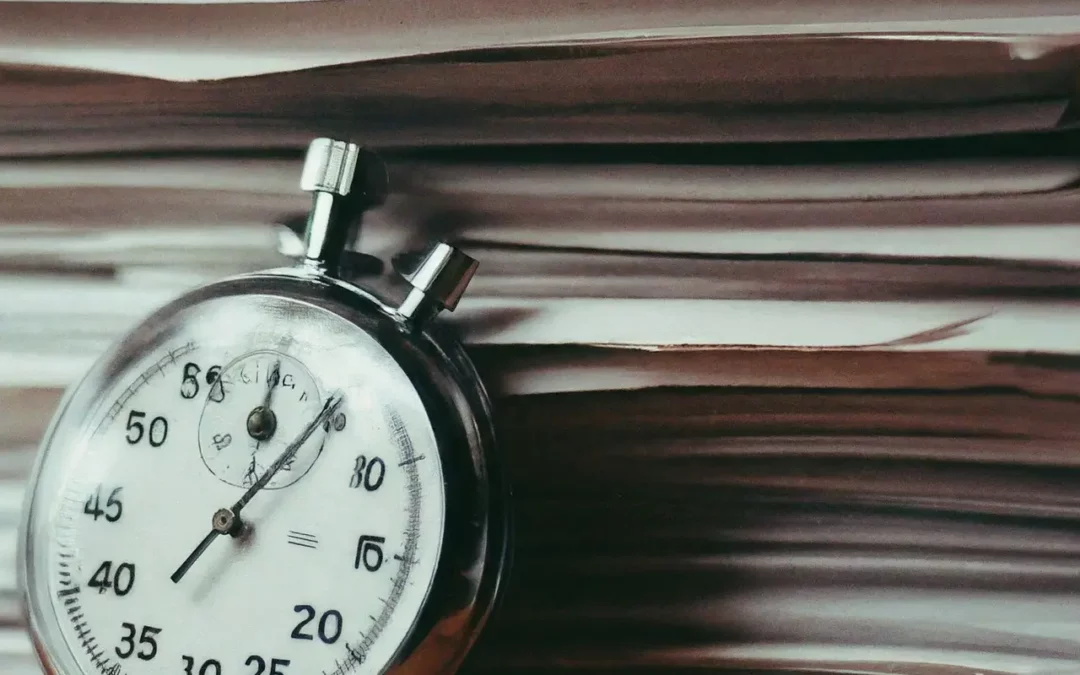
by World Document Services | Jul 24, 2024 | Most Viewed
Diving into the paperwork labyrinth of marksheet verification can feel as daunting as searching for a needle in a haystack. Yet, with these ace strategies, the journey can not only become less stressful but significantly faster. Fasten your seatbelts, we’re about to turbocharge your verification process.
Need help with the Marksheet Verification Process? Contact Us Now!
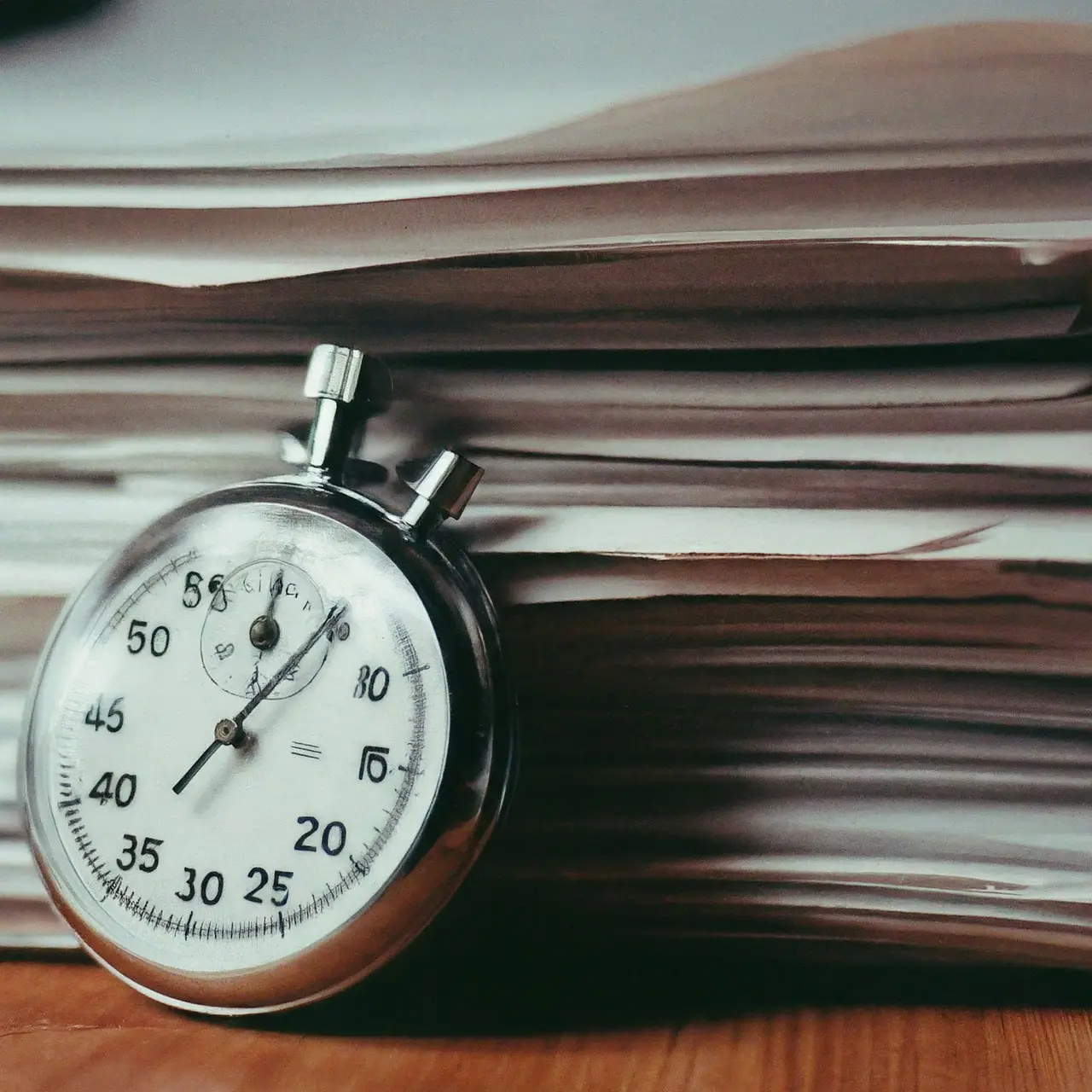
1. Start Early to Avoid Last-Minute Hassles
It’s a universal truth that time flies, especially when a deadline looms. Kicking off the marksheet verification process early opens up a buffer zone for the unexpected. Think of it as setting the first domino in a chain – the sooner it’s tipped, the smoother the subsequent fall. Early birds not only catch the worm but also sidestep the frantic last-minute rush that often leads to errors and oversights.
2. Ensure All Your Documents Are in Order
Imagine showing up to a battle without your armor. That’s essentially what you’re doing if your documents are scattered or incomplete. Organizing every piece of paper from transcripts to identification proofs prior to submission builds a fortress around your application. A checklist can be a lifesaver here, ensuring you march to the verification field fully armed.
Moreover, it’s wise to keep extra copies of all documents. Redundancy is your ally in the bureaucratic battleground, where documents can mysteriously go missing, and requests for additional copies can arise out of the blue. Being one step ahead saves time and tears.
Read more: Top 5 Tips for Hassle-Free Marksheet Verification for Indian Expatriates
3. Understanding the Verification Process Flow
Demystifying the marksheet verification process is akin to reading a map before embarking on a journey. Knowing each checkpoint, from submission to final approval, can illuminate potential roadblocks and detours. Don’t hesitate to reach out to the issuing authority’s helpdesk or support team for a walkthrough. Knowledge is power, and in this case, it’s the power to expedite your verification process.
4. Utilize Online Verification Services When Available
In this digital age, the internet is your best friend for streamlining tasks, including marksheet verification. Many institutions now offer online verification services, which can significantly cut down on processing time. This route not only saves you a trip to the postal office but also puts you in the fast lane, as digital submissions often receive priority.
5. Follow Up Regularly with the Verification Authority
Persistence is key. Regular follow-ups act as gentle nudges to the verification authority, ensuring your application doesn’t gather dust on a shelf. However, there’s a fine line between being persistent and being pestering. Space out your inquiries and always be courteous. Remember, the goal is to keep the wheels turning, not to annoy the very people you need a favor from.
6. Submit a Clear and Legible Copy of Your Marksheet
A marksheet riddled with smudges or creases can cause unnecessary delays, akin to trying to read a book in dim light. In submitting a clear, legible copy of your marksheet, you’re essentially brightening the room. It allows the verification personnel to process your documents more efficiently, without the need to squint, guess, or, worst of all, reach out for a clearer copy.
And while on the topic, if you’re submitting a digital copy, ensure the scan is of high quality and all the text is easily readable. Sometimes, what’s clear to you might not be as clear on another’s screen.
Read more: Navigating the Document Verification Process for Canadian Universities
7. Double-Check for Any Discrepancies Before Submission
Before you send off your documents, scrutinize them with the eye of an eagle. A simple mismatch in names or dates can unleash a series of complications, dragging the verification process to a snail’s pace. Such diligence upfront can prevent a future avalanche of hold-ups and emails, making it a pivotal step in your preparation.
8. Seek Guidance from Experienced Peers or Counselors
Navigating the maze of marksheet verification without a map can be bewildering. This is where the experienced can light your path. Peers who’ve gone through the grind or counselors familiar with the intricacies can offer invaluable insights and tips. Their hindsight can become your foresight, helping you avoid common pitfalls and misunderstandings.
9. Be Patient and Prepare for Waiting Periods
Despite our best efforts and most efficient strategies, some things remain beyond our control. The marksheet verification process is often one such thing, fraught with its own pace and unforeseen delays. Patience becomes not just a virtue but a necessity. Use this waiting period wisely – focus on other tasks or gather additional information that might be helpful. Keeping a cool head can make the waiting game less arduous.

by World Document Services | Jul 21, 2024 | Most Viewed
Embarking on the journey to global dreams? Unravel how Andhra University transcripts play a pivotal role in your Educational Credential Assessment (ECA) journey.

Understanding ECA for Andhra University Graduates
The quest for international study, work, or immigration often leads one to the process of Educational Credential Assessment (ECA). It’s a scrutiny that evaluates how your Andhra University degrees fare against the global academic standards. Knowing the value of your transcripts in this context is the first step towards benchmarking your educational qualifications internationally.
Need help with your Andhra University Transcript? Contact Us Now!
Where does Andhra University fit into this puzzle? As an institution recognized both nationally and internationally, degrees from Andhra University hold substantial weight. However, proving their authenticity through ECA becomes a quintessential step for any graduate aiming for opportunities abroad.
Read more: The Importance of Educational Credential Evaluation in Academic and Professional Success
The Importance of Andhra University Transcripts for ECA
Andhra University transcripts embody a complete record of your academic performance, including the courses taken and grades achieved. For ECA filing, these transcripts serve as the cornerstone, validating the credibility of your educational background on a global platform.
Without these transcripts, your application for credential evaluation stands incomplete. They not only assure the evaluating bodies of your academic achievements but also ensure that your qualifications are translated accurately for international standards.
How to Obtain Andhra University Transcripts for ECA
Procuring your Andhra University transcripts requires a systematic approach. The first step involves filling out an application form available either at the university’s examination branch or through its official website. This is followed by submitting the necessary documents, which typically include marks sheets, degree certificates, and identification proofs.
A nominal fee is charged for the transcription services, which varies depending on the urgency of the request. Once the process is initiated, it may take a few weeks for the transcripts to be prepared, authenticated, and ready for collection or dispatch.
For those residing out of town or abroad, Andhra University also offers postal services. You can have your transcripts delivered to your doorstep or directly to the entity conducting the ECA, like WES, by providing the correct postal address during the application.
Submitting Andhra University Transcripts to WES/ICES/ICAS/IQAS
Once you have the Andhra University transcripts in hand, the next step is to submit them to the relevant ECA organization, such as WES (World Education Services) or ICAS (International Credential Assessment Service). It’s vital to check each organization’s specific requirements, as they may vary.
Most ECA bodies require transcripts to be sent directly from the university in a sealed envelope to ensure authenticity. Thus, when requesting your transcripts, specify that they are for ECA purposes and choose direct postal service to the evaluating agency, if available.
Read more: Overcoming Challenges in Education Verification in India for Overseas Opportunities
What to Do if Andhra University Transcripts Are Not Directly Accepted?
In circumstances where your Andhra University transcripts are not accepted directly by an ECA body, don’t despair. Firstly, verify the reason for rejection; it could be due to improper sealing or packaging. The university can reissue transcripts with the needed corrections.
Alternatively, consider other ECA organizations that might have different requirements, or seek assistance from the university’s international students’ office. They may offer guidance or services specially tailored for such situations, ensuring your transcripts meet the necessary criteria.
FAQs on Andhra University Transcripts for ECA Filing
Q: How long does it take to obtain Andhra University transcripts?
A: The timeline can vary from a few weeks to a month, depending on the volume of requests the university is handling and the accuracy of the documentation provided.
Q: Can I expedite the transcript process for an additional fee?
A: Yes, Andhra University offers an expedited service for obtaining transcripts at an additional cost. Details can be found on their official website or by contacting the examination branch directly.
Q: Are electronic transcripts accepted for ECA?
A: This largely depends on the ECA organization. Some may accept electronic transcripts as long as they are issued directly from Andhra University. Always check the specific requirements of the ECA body before submitting.
Unlocking Global Opportunities
In sum, Andhra University transcripts are not just papers; they are your passport to global opportunities. Acquiring them is the crucial first stride in validating your education for international norms. Remember, every step taken in preparation today paves your way to a smoother ECA process and a brighter future abroad.
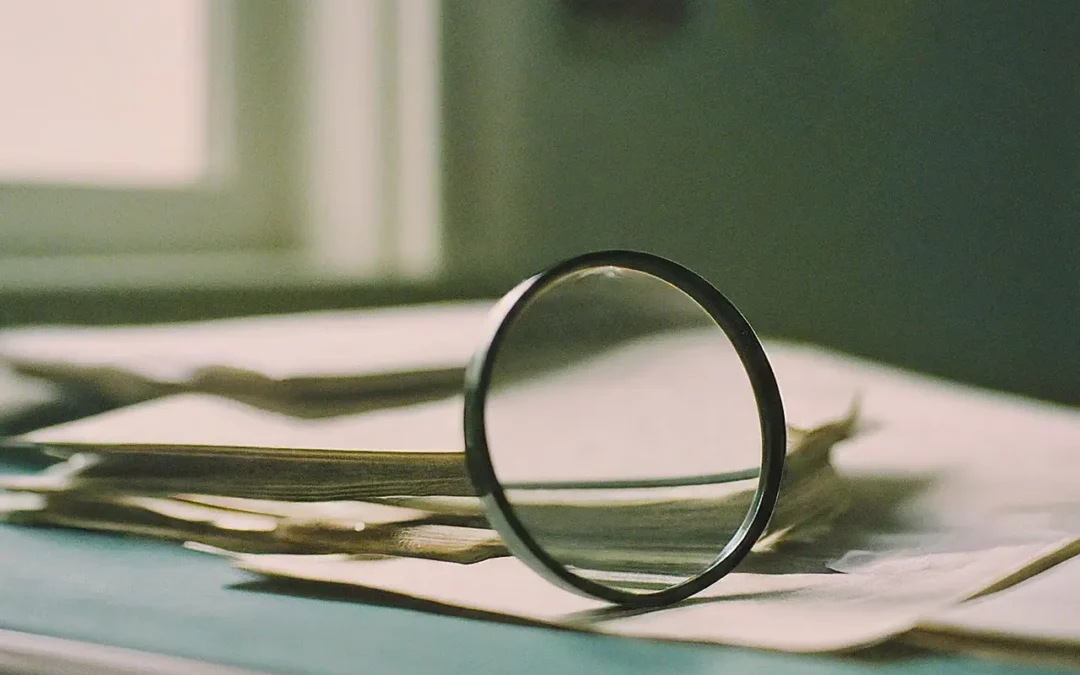
by World Document Services | Jul 17, 2024 | Most Viewed
Stepping into the realm of higher education in Canada comes with its unique set of challenges and opportunities, particularly when it pertains to the document verification process. As you embark on this academic journey, understanding and navigating through this crucial phase is the key to unlocking the doors to prestigious Canadian universities. Join us as we delve into the intricacies of preparing, submitting, and verifying your documents, ensuring a smooth path toward your educational aspirations.
Need help with the Document Verification Process? Contact Us Now!

Understanding the Importance of Document Verification
Embarking on the journey to study in Canada begins with understanding the significance of the document verification process. This crucial step, often overseen by the admissions offices of Canadian universities, ensures the authenticity and accuracy of the documents submitted by prospective students. Such diligence safeguards the integrity of the institution’s academic standards and maintains fairness among all applicants. It becomes imperative for students to thoroughly comprehend what this process entails and the vital role it plays in their journey to studying in Canada.
Document verification serves as a backbone in the application process for Canadian universities. It extends beyond just assessing academic records; it involves the verification of identification documents, language proficiency certificates, and any other necessary legal paperwork. This meticulous process aids universities in assembling a diverse and capable student body, while also complying with regulatory and accreditation requirements. Hence, the importance of document verification cannot be understated, as it forms the foundation of a credible and successful application.
Read more: Understanding the Importance of Document Verification for International Studies
The Initial Steps: Preparing Your Application
The first stride towards your academic endeavors in Canada involves a well-prepared application. This step is pivotal, as it sets the initial impression with the admissions committee. Preparing your application requires a detailed review of the specific documentation requirements set forth by your chosen institutions. These requirements often vary significantly between universities and programs, emphasizing the need for personalized research and diligence. Ensuring that you have all the required documents, correctly filled out and accurately reflecting your qualifications, becomes the cornerstone of a compelling application.
Equally important in preparing your application is the adherence to deadlines. Canadian universities often have strict application windows, and any submission post these timelines can result in automatic rejection, regardless of a candidate’s qualifications. Planning ahead, creating a comprehensive checklist of required documents, and setting personal deadlines to gather and verify all materials can significantly ease the overall application process. It’s about painting a complete and authentic picture of your academic and personal journey – a narrative that aligns with the values and expectations of Canadian higher education.
Required Documents for Canadian Universities
Diving into the details of the document verification process necessitates a clear understanding of the specific documents required by Canadian universities. Typically, these include your academic transcripts, which provide a comprehensive overview of your educational background, standardized test scores that may include exams like the SAT, ACT, or for non-native English speakers, language proficiency tests such as IELTS or TOEFL. Additionally, letters of recommendation and personal statements or essays play a crucial role in allowing the admissions committee to gauge your capabilities and fit for the program.
Common Verification Procedures at Canadian Universities
Once your application package reaches the university, it undergoes a rigorous verification process. Canadian universities employ various methods to ensure the authenticity of your documents. This can range from direct verification from the issuing authority, the use of digital platforms that authenticate documents electronically, to requiring notarized copies of certain documents. Understanding these common verification procedures can help applicants prepare their documents accordingly, minimizing the chance of delays in the verification process. It’s also beneficial to stay informed about any updates or changes in verification practices, as technological advancements continue to shape these procedures.
In some cases, universities might also conduct interviews as part of their verification process, aiming to directly assess the applicant’s qualifications and intentions. This step, while not universally applied, underscores the importance of authenticity and transparency in your application. Being well-prepared to discuss the contents of your submitted documents, including your academic achievements, extracurricular activities, and future aspirations, reflects positively on your candidature. It’s an opportunity to present yourself beyond the paper, turning the verification process into a platform to showcase your uniqueness and potential contributions to the university community.
Read more: Unlocking Canadian Dreams: A Guide to Transcripts for WES
Dealing with Discrepancies and Delays
Navigating through the document verification process is not without its challenges. Discrepancies between the information provided in your application and the verifying documents can lead to delays in processing. In such instances, proactive communication with the admissions office is key. Providing clarifications, additional documents, or in some cases, undertaking steps to rectify the discrepancies can help expedite the process. Patience and understanding of the university’s verification protocols are essential during this period, as each step taken is in the interest of ensuring a fair and secure admissions process.
Final Steps: After Your Documents Are Verified
The successful verification of your documents brings you one step closer to realizing your dream of studying in Canada. Following verification, it is crucial to stay alert to any further communications from the university. This may include additional requests for information, offers of admission, or instructions regarding visa applications and accommodations. Being responsive and diligent during this final phase ensures that you maintain momentum towards your academic goals, ready to embark on a transformative educational journey in one of the world’s most respected higher education systems.
Unlocking Your Academic Future
As you reach the conclusion of the document verification process for Canadian universities, remember that this crucial step is your gateway to an enriching academic experience. Through careful preparation, attention to detail, and patience, you have navigated through the complexities and are now poised to embark on an exciting journey in the world of Canadian higher education. Remember, each document submitted is a testament to your hard work and dedication towards achieving your dreams. Welcome to the vibrant academic community of Canada!
by World Document Services | Jul 14, 2024 | Streamline Process

Caught in a pinch and need your university transcript immediately? Whether it’s for a job application, a last-minute admission deadline, or an urgent move abroad, getting your transcript quickly can be crucial. At World Document Services, we understand the urgency and are here to guide you through the process of securing your transcript as fast as possible.
Need help with your University Transcript? Contact Us Now!
Understanding Emergency Transcript Requests
Emergency transcript requests are designed for situations where you cannot wait for the normal processing time. Most universities offer an expedited service, but it often comes with additional fees. Knowing how to navigate these urgent situations can significantly ease your stress.
Read more: Are You Missing Documents for Transcript? Find Out!
Step-by-Step Guide to Expedited Transcript Application
Step 1: Verify the Availability of Expedited Services
- Check University Policies: Before anything else, confirm that your university offers expedited transcript services. This information is typically available on the university’s registrar’s website.
Step 2: Gather Required Documentation Quickly
- Prepare Necessary Documents: Have your ID, proof of degree (if applicable), and any other required documents at hand. In emergency situations, having your documents ready can save precious time.
Step 3: Fill Out the Expedited Request Form
- Complete Application Accurately: Ensure you fill out the expedited request form thoroughly and correctly. Any errors can cause delays, which defeats the purpose of an emergency request.
Step 4: Pay Expedited Processing Fees
- Understand the Costs: Expedited requests usually come with higher fees. Be prepared to pay these immediately, as processing won’t start until payment is received.
Step 5: Submit Your Request In-Person, If Possible
- Speed Up the Process: If you’re close enough, submitting your request in person can be the fastest way. Alternatively, use the fastest shipping option available if you must mail your documents.
Step 6: Follow Up Regularly
- Keep in Contact: Once your request is submitted, follow up regularly. Phone calls can be more effective than emails in urgent situations.
Tips for a Smooth Emergency Request
- Early Morning Requests: Submit your request early in the day. Processing times often count in business hours, so an early start can make a difference.
- Use Clear Communication: Clearly state the urgency and your deadline. If the staff understands your situation, they may be able to help you more effectively.
- Prepare for Future Needs: Once you’ve handled your immediate need, consider requesting additional copies for future use. It’s often cheaper and easier to request multiple copies at once.
Read more: Navigating the Challenges of VTU Transcript Verification for Employment
Conclusion
Needing your transcript urgently can be a stressful situation, but with the right approach, you can minimize delays and ensure you meet your deadlines. At World Document Services, we specialize in handling such critical documentation needs efficiently.
If you find yourself needing a transcript immediately and want to ensure everything goes smoothly, don’t hesitate to reach out to us. Contact World Document Services at +91 62 3267 0879 or visit our website at World Document Services. Let our expertise help you navigate the complexities of expedited transcript procurement. Remember, you’re not alone in this—help is just a phone call or a click away!
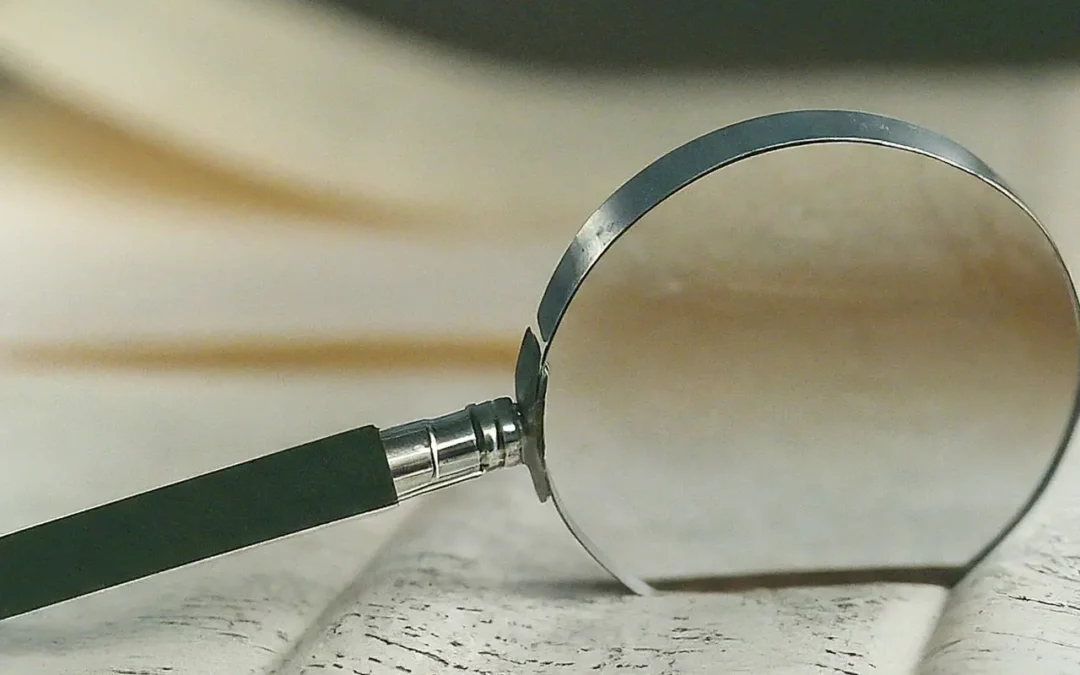
by World Document Services | Jul 14, 2024 | Most Viewed
In the world of academic achievements, obtaining your VTU (Visvesvaraya Technological University) transcripts can be a pivotal step towards securing your dream job. Yet, the process is often riddled with complexities and bureaucratic tape, making it a daunting task for many. This guide aims to simplify the journey, from understanding its importance to overcoming common hurdles and making use of digital platforms to expedite the process.
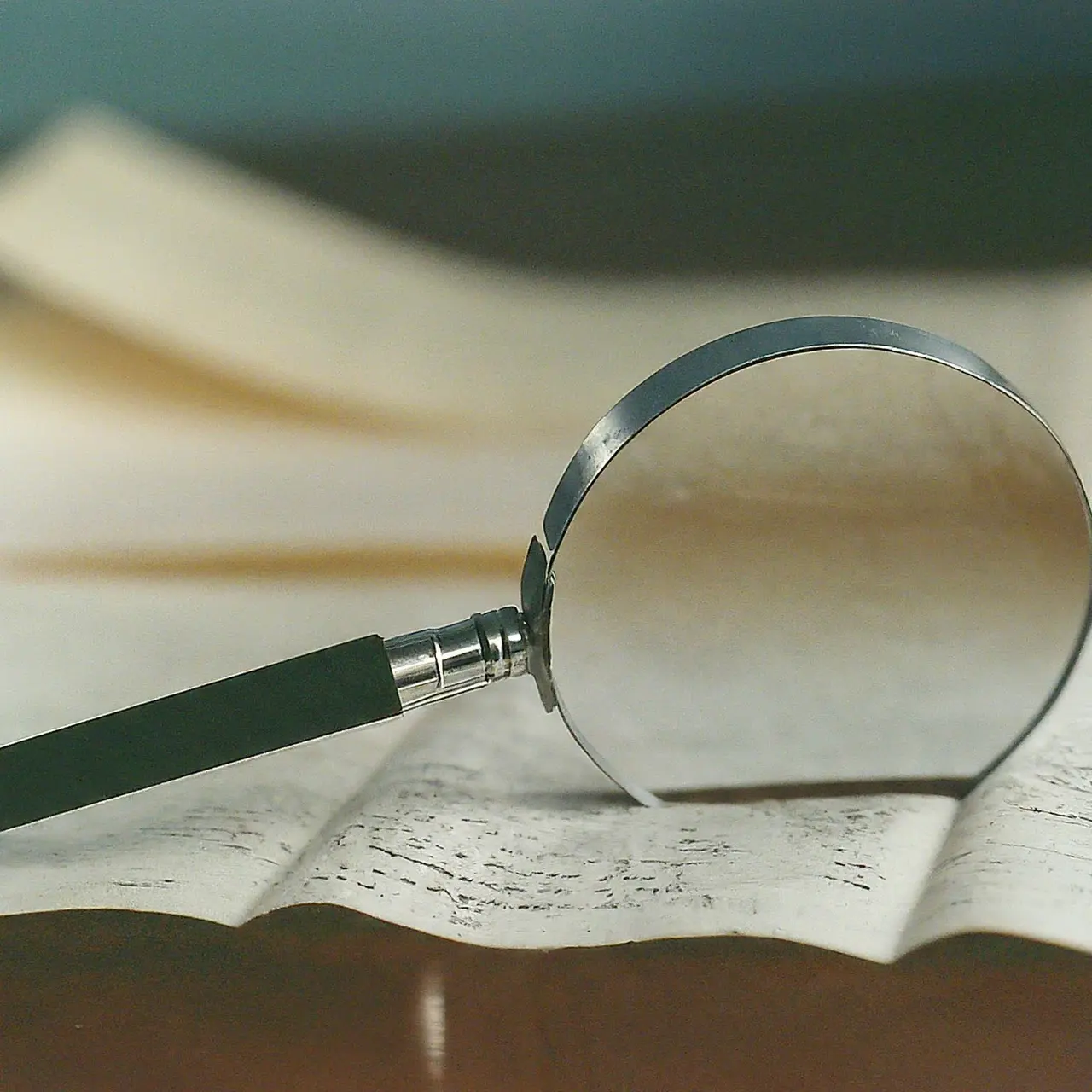
Understanding the Importance of VTU Transcripts for Employment
VTU transcripts serve as an official record of your academic performance, which employers often use as a benchmark for evaluating job candidates. These documents contain detailed information about the courses you’ve completed, grades, and the degree awarded, making them a vital component of the job application process. Given the competitive nature of the job market, having your transcripts ready and accurately verified can significantly improve your chances of landing a job.
Need help with your VTU Transcript Verification? Contact Us Now!
Moreover, in the globalized workforce environment, VTU transcripts are often required for opportunities abroad, further education, and even visa applications. Therefore, understanding how to navigate the verification process efficiently is critical for anyone looking to use their VTU qualifications to advance their career.
Read more: Understanding the Importance of Document Verification for International Studies
The Process of Obtaining VTU Transcripts
Obtaining VTU transcripts begins with the graduate applying through the university’s official website or visiting the university in person. This typically involves filling out an application form, submitting necessary documents such as marks cards and identification, and paying the required fees. It’s important to review your application for any errors, as inaccuracies can lead to delays in processing.
Post submission, the processing time can vary widely, often depending on the volume of requests the university is handling. Staying informed about the processing timeline and being proactive in following up can help ensure that you receive your transcripts within a reasonable timeframe.
Common Hurdles in the VTU Transcript Verification Process
Applicants often face several challenges during the transcript verification process, including lengthy processing times, errors in the transcript, and difficulties in follow-up communication with the university. These hurdles can be attributed to the high volume of requests and the complexity of verification processes.
Another frequent issue is the discrepancy between the names on the degree certificate and other legal documents, which can complicate the verification process. Applicants must ensure that all submitted documents are consistent and accurate to avoid unnecessary delays.
Tips for Streamlining the VTU Transcript Verification
To streamline the transcript verification process, start by gathering all necessary documents and ensuring they are accurate and up-to-date. Applying early can also mitigate delays, allowing ample time for any unforeseen issues. Additionally, staying informed about your application status through the university’s online portal or direct contact can help identify and resolve issues promptly.
Read more: Navigating the Document Verification Process for Canadian Universities
With the advancement of digital technology, several online platforms now offer services to help expedite the VTU transcript process. These platforms can assist with everything from application to delivery, providing a streamlined alternative to the traditional methods. While they may incur additional fees, the convenience and time savings they offer could be invaluable for those under tight deadlines for job applications or further education admissions.
Sealing the Deal: A Conclusion on VTU Transcripts
Navigating the maze of VTU transcript verification requires patience, attention to detail, and a strategic approach. Despite the challenges, the rewards of successfully obtaining and verifying your transcripts can greatly enhance your employment opportunities, validating your academic accomplishments in the competitive job market. Remember, each step taken is a move closer to your professional goals.










 Call Us
Call Us Mail Us
Mail Us WhatsApp
WhatsApp
